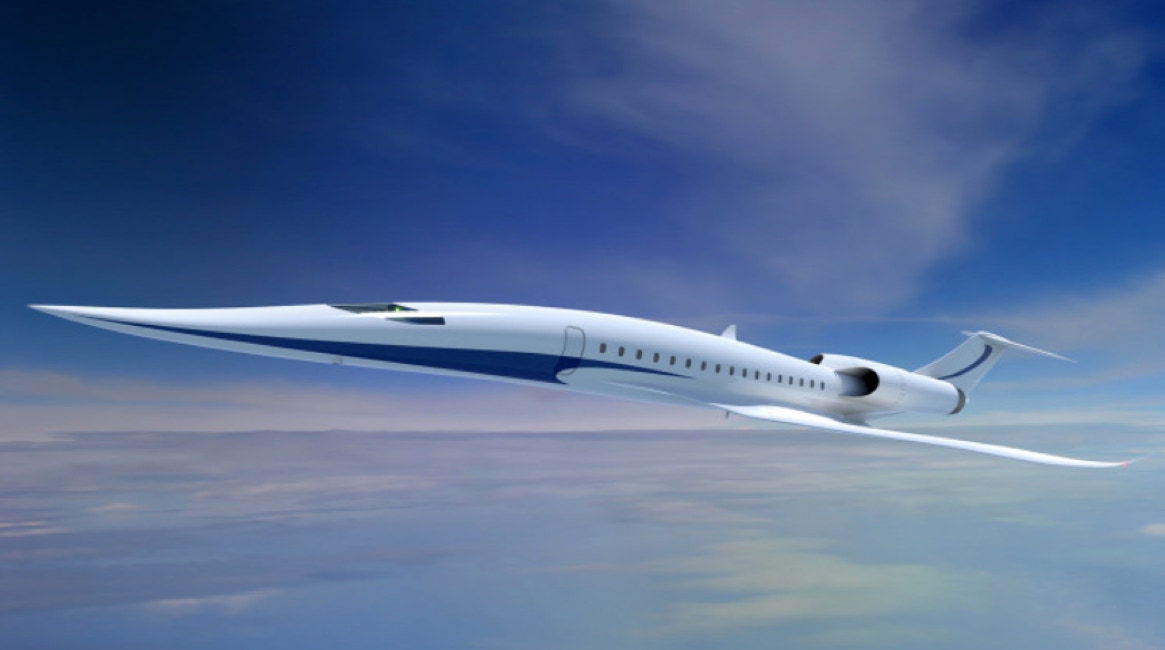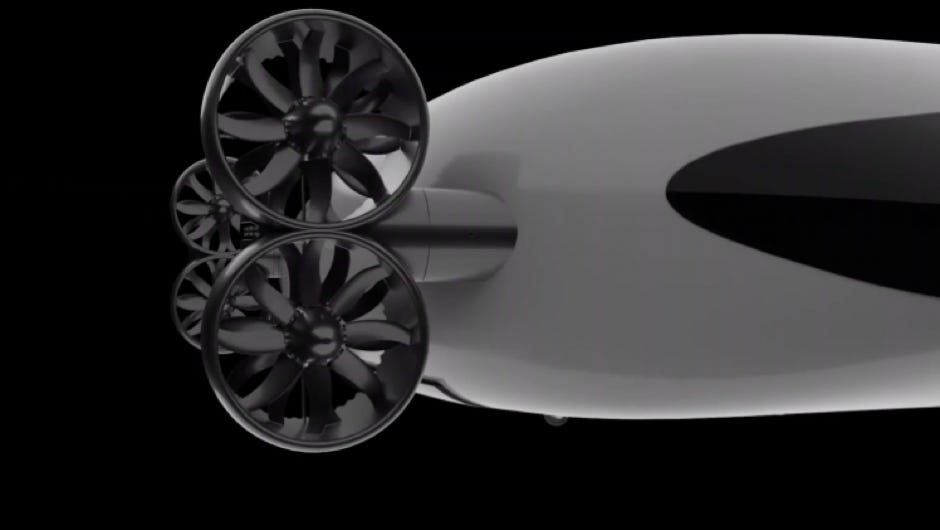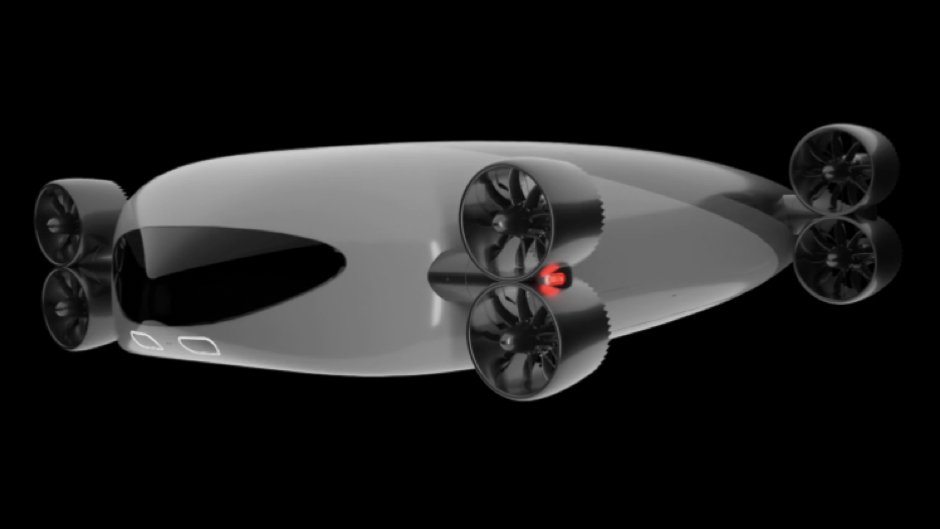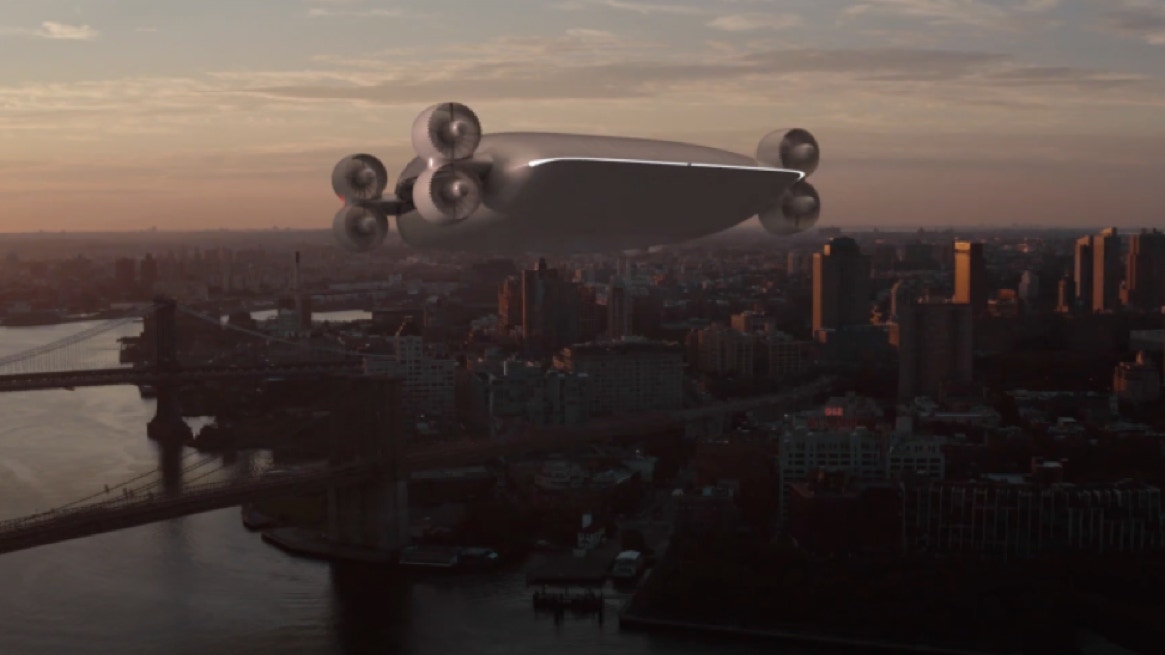





TRANSPORTATION
Japan Joins the Supersonic Flight Race with a New Initiative
JAXA hopes to cut travel times in half to the U.S. and Europe via supersonic technologies.
Large Japanese engineering firms including Subaru and Mitsubishi Heavy Industries are collaborating with Japan's space agency, JAXA, to research and develop technologies for commercial supersonic passenger aircraft, a report from Nikkei Asia explains.
Japan's new public-private initiative, called Japan Supersonic Research, was announced on Wednesday, June 16.
It was reportedly set up in response to the country's aviation firms wanting to outgrow their current roles as suppliers for western aviation companies.
Though one supersonic jet maker, Aerion, announced its closure last month due to a lack of capital, others such as Boom Supersonic are heralding a new dawn for commercial supersonic flight following the Concorde's last flight in 2003.
JAXA explained in a press statement that flying from Japan to Europe or the U.S. takes an average time of approximately 12 hours. With supersonic aircraft, the space agency envisions that the new initiative could cut this time in half.
Though ticket fares will be higher than traditional aircraft to begin with, technological advances will likely make supersonic travel more affordable in the long run.
JAXA wants to cut commercial travel times in half
Other members of Japan Supersonic Research, which aims to create new opportunities for Japan's aerospace industry, include Kawasaki Heavy Industries, IHI, and Japan Aircraft Development Corp.
Among the research expertise that JAXA will bring to the table is its decade of research into minimizing the problem of the sonic boom — the Concorde wasn't allowed to go supersonic over populated areas — via longer, more streamlined aircraft.
The Japanese space agency has also reduced fuel consumption by 13 percent compared to the Concorde by taking steps to reduce air friction, among other methods. Its aircraft prototype is also 21 percent lighter than its iconic predecessor.
The new Japan Supersonic Research initiative will aim to kickstart Japan's efforts to build its first homegrown passenger aircraft after years of delays to Mitsubishi Heavy's plans to make the Mitsubishi Aircraft.
The initiative will have to catch up with the competition at supersonic speed, as United Airlines has ordered 15 jets from Boom Supersonic, and Japan's own Japan Airlines has also invested in the company.
Denver, Colorado-based Boom Supersonic plans to launch a smaller prototype of its aircraft, called XB-1, this year, and it has raised more than $200 million as part of its mission to bring back commercial supersonic flight.
——-
INNOVATION
UFO-Like eVTOL Concept Carries 40 Passengers From LA to SF in an Hour
The Kelekona aircraft is designed to carry 40 passengers, or 10,000 lb of cargo.
We're on the verge of the flying taxi revolution, with prominent eVTOL startups such as Lilium and Volocopter a future of small 2-7 seater aircraft taking us safely and quickly to our destination.
An outlier in the pack of new startups, New York-based Kelekona, is aiming to build a much larger 40-passenger aircraft for long city-to-city trips, a report byNew Atlasreads.
Kelekona's new design is a piloted eVTOL aircraft that carries 40 passengers, or 10,000 lb (4,540 kg) of cargo. The company states on its website that its new design will be able to make the 330-mile (531 km) trip between LA and San Francisco in only an hour and that the firm's "approach is mass transit.”
The aircraft has an unusual teardrop-shaped airframe — rather than having a wide wingspan, like Volocopter's VoloConnect aircraft, for example, which is aimed at connecting suburbs and cities, the Kelekona craft has a curved wide body, with wing flaps at the back, designed to generate lift. Essentially, the aircraft's entire body doubles up as a wing.
Otherwise, the flying taxi lifts off the ground in the now-typical drone-like fashion of eVTOL concepts, using eight thrust vectoring fans. Once at the right altitude, these fans adjust accordingly for forward flight.
One of the only eVTOL high-passenger capacity concepts
As the Kelekona craft will no doubt need a pretty hefty battery pack to complete its city-to-city trips, it uses swappable batteries, meaning the turnaround time should be as quick as swapping a battery, getting new passengers or payload aboard, and checking flight systems are healthy.
On its website, Kelekona explains that "a combination of stereo cameras and radar give Kelekona 100 miles of added environmental awareness for detection and avoidance from unknown aircraft, birdstrike, weather anomalies, and uncharted physical infrastructure.”
Perhaps the two best-known flying taxi startups worldwide, Volocopter and Lilium, both have their sites set on smaller aircraft. Volocopter, which aims to start its air taxi service "within two years," has developed 2-5 seater aircraft. Lilium, meanwhile, recently unveiled a new 7-seater eVTOL design.
The closest concept to Kelekona's is the Skybus aircraft developed by GKN Aerospace, which has a proposed capacity of 30-50 passengers for intracity commutes. Unlike Kelekona's design, the Skybus aircraft sports two massive wings — arguably making it harder to find a spot to land within the city.
Stay posted for more on Kelekona's unusual aircraft, which is sure to account for a barrage of false UFO sightings if and when it takes to the skies. Have a look at the company's promotional video below.



